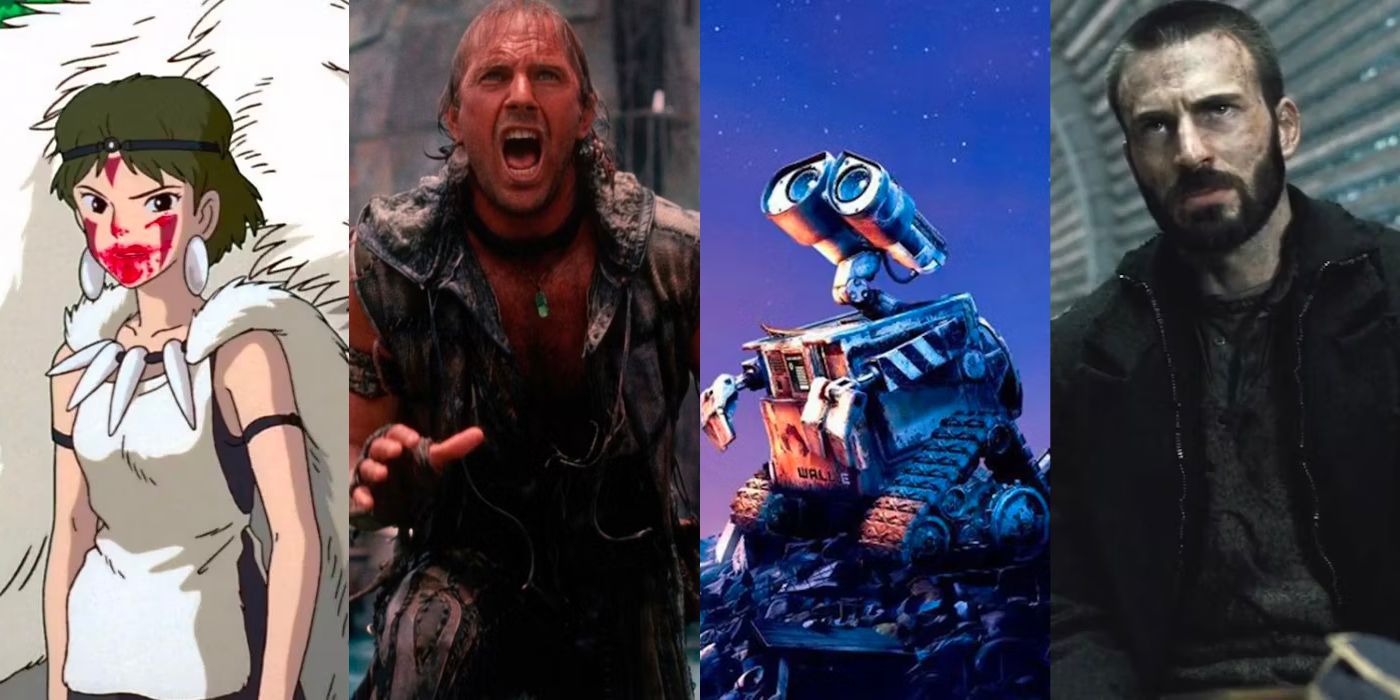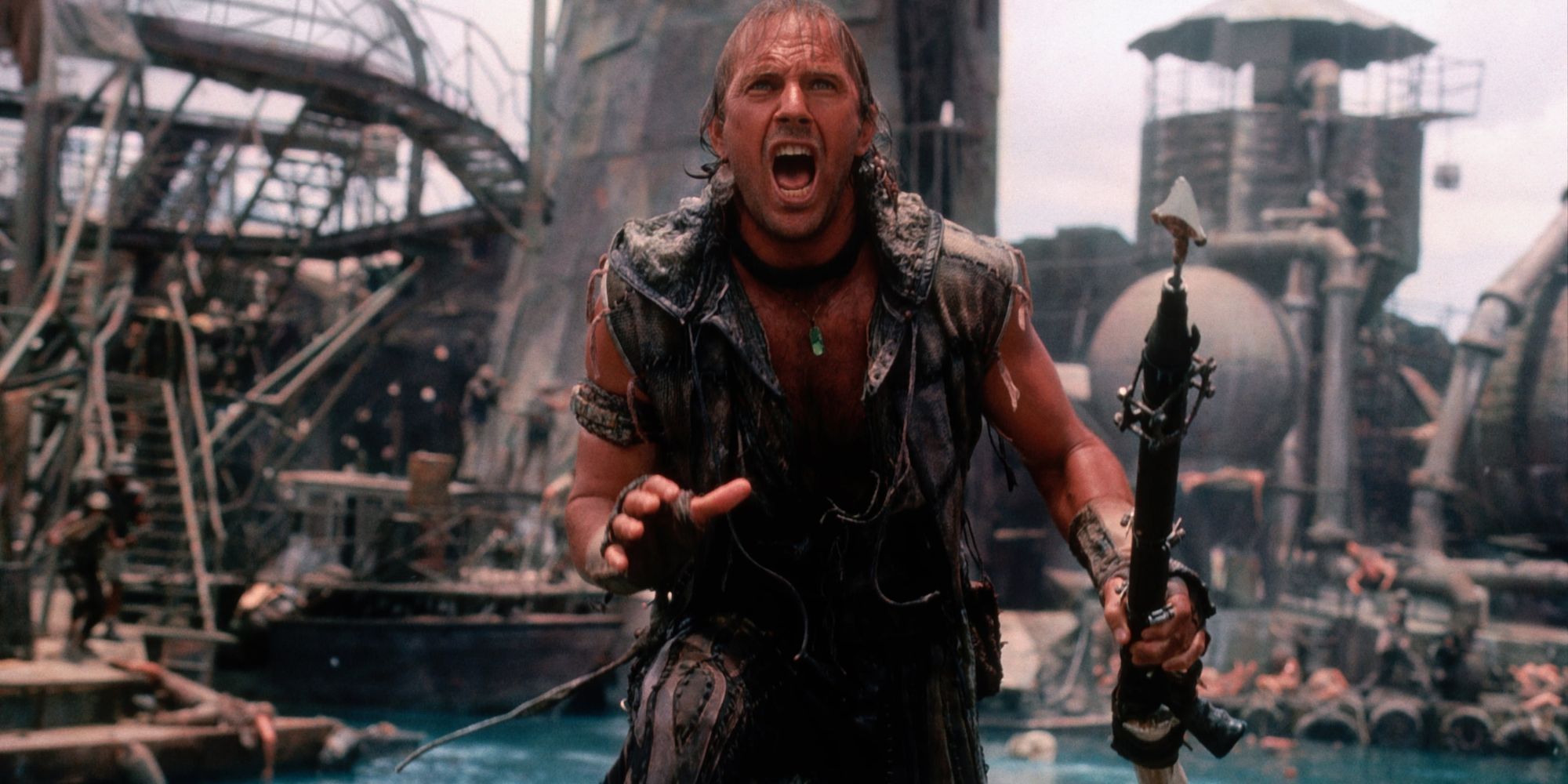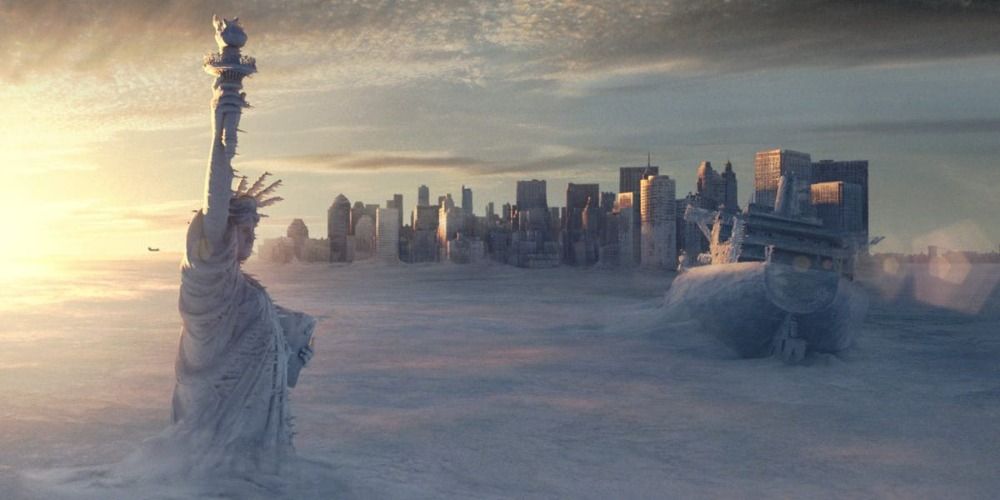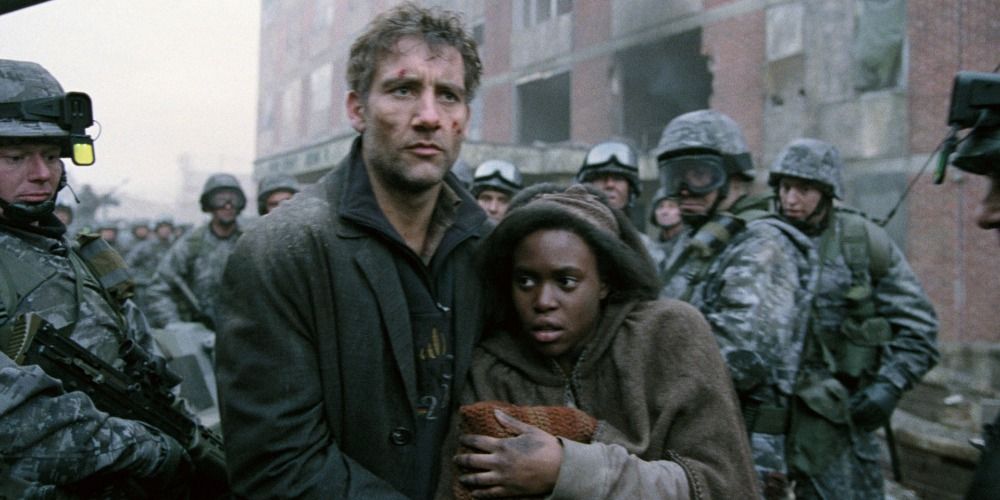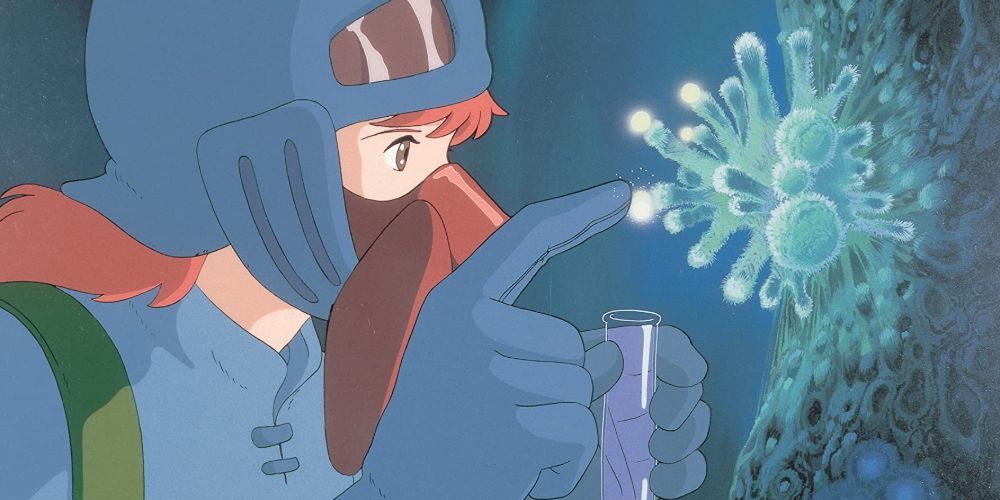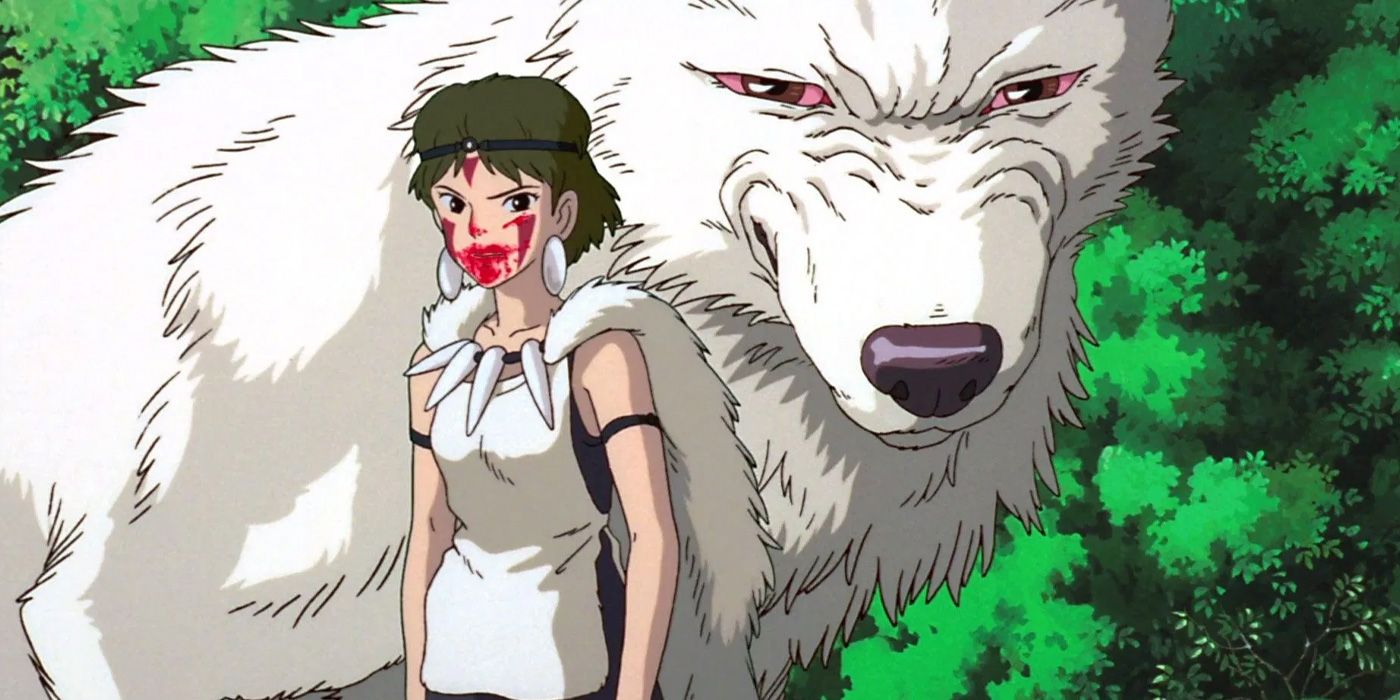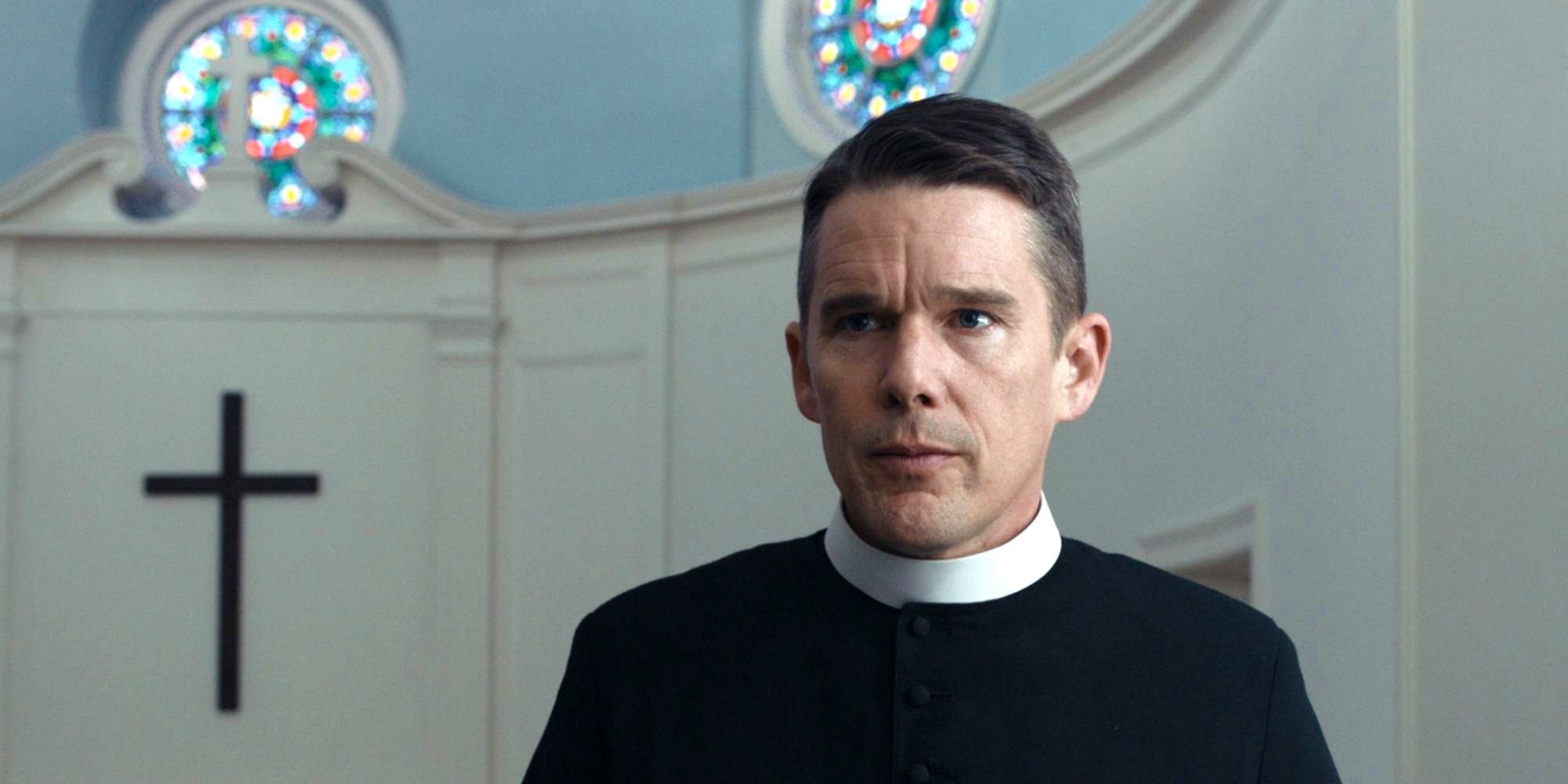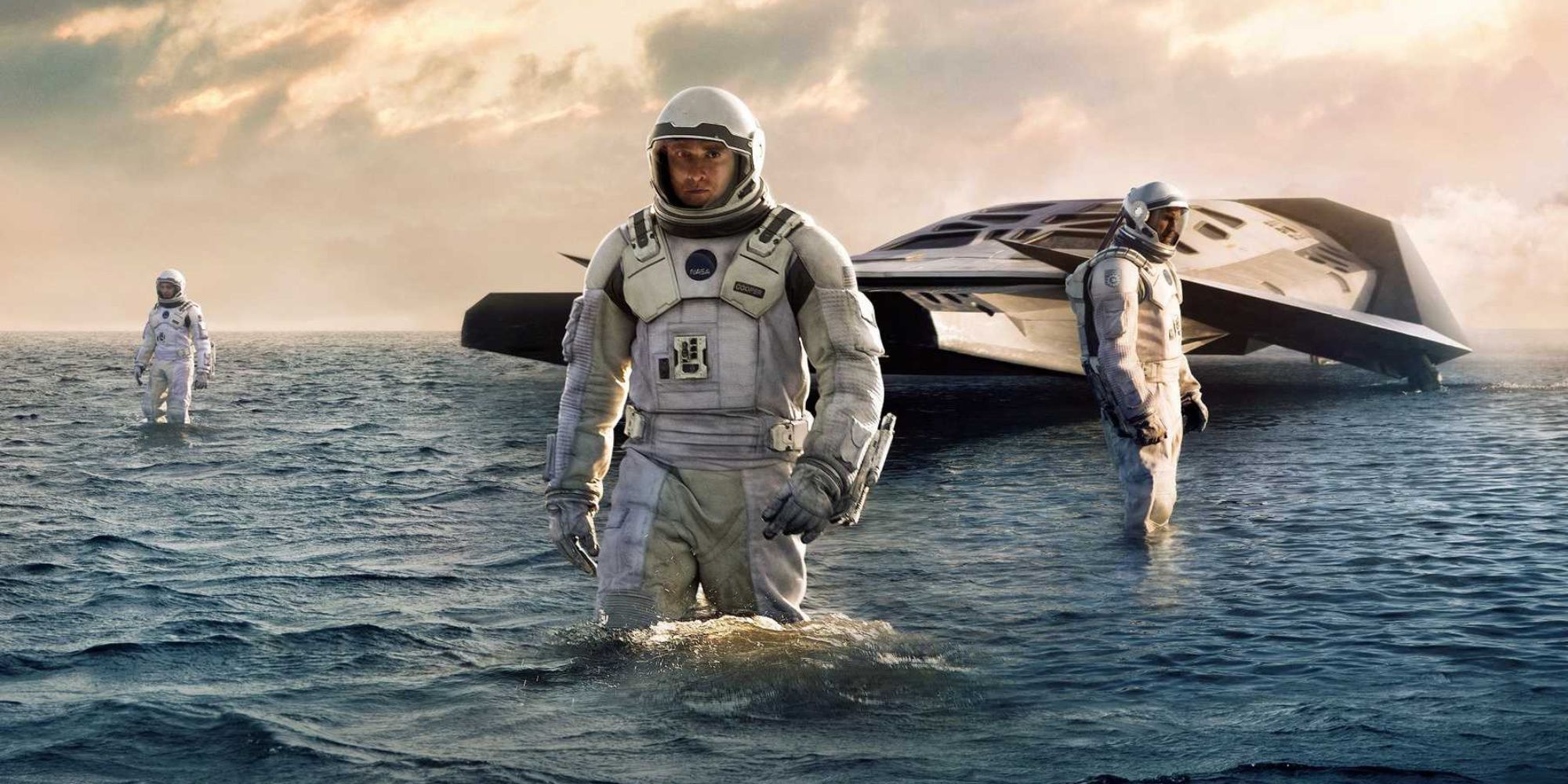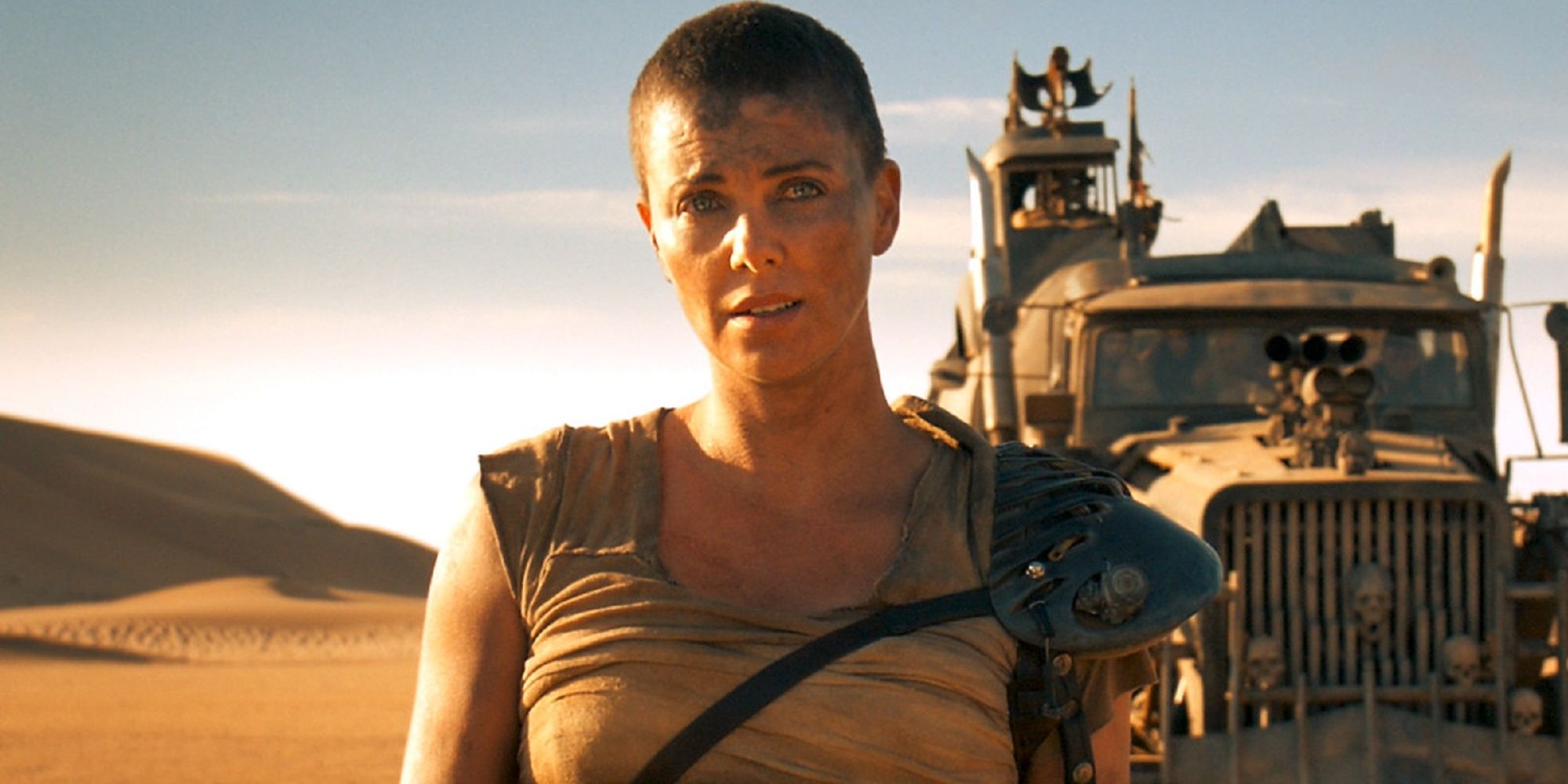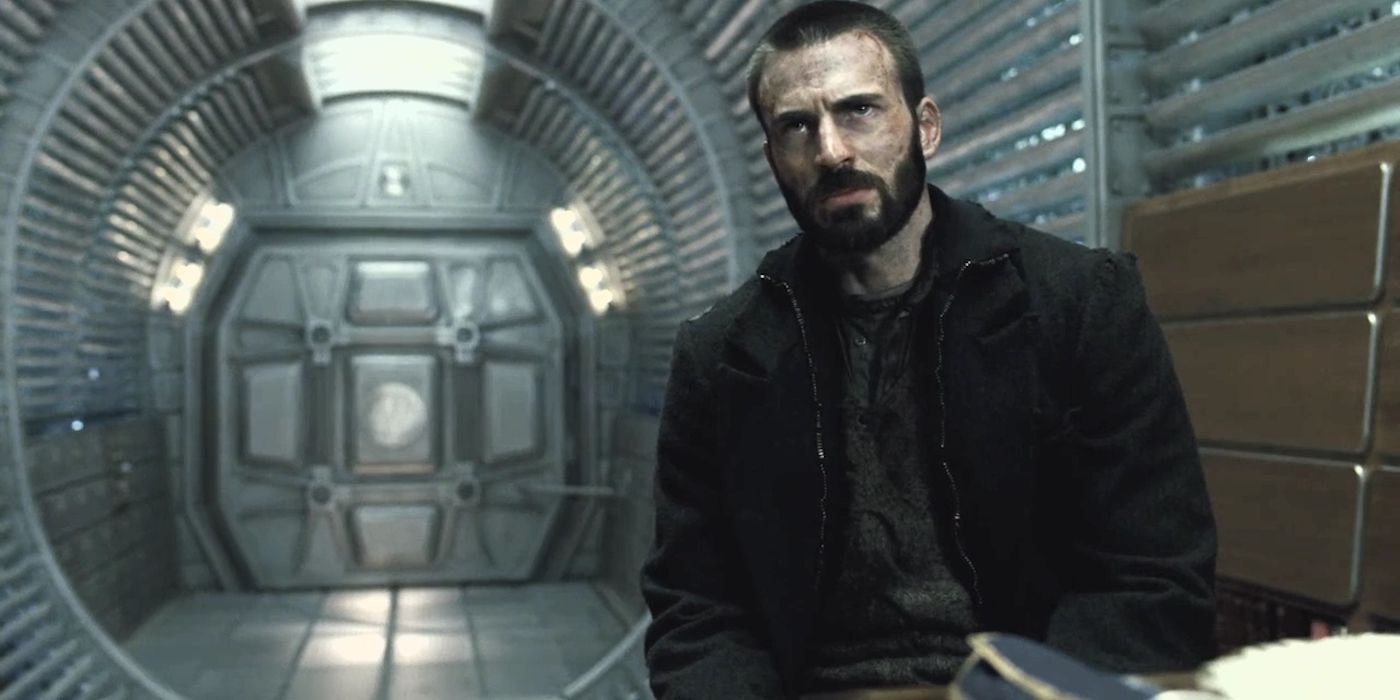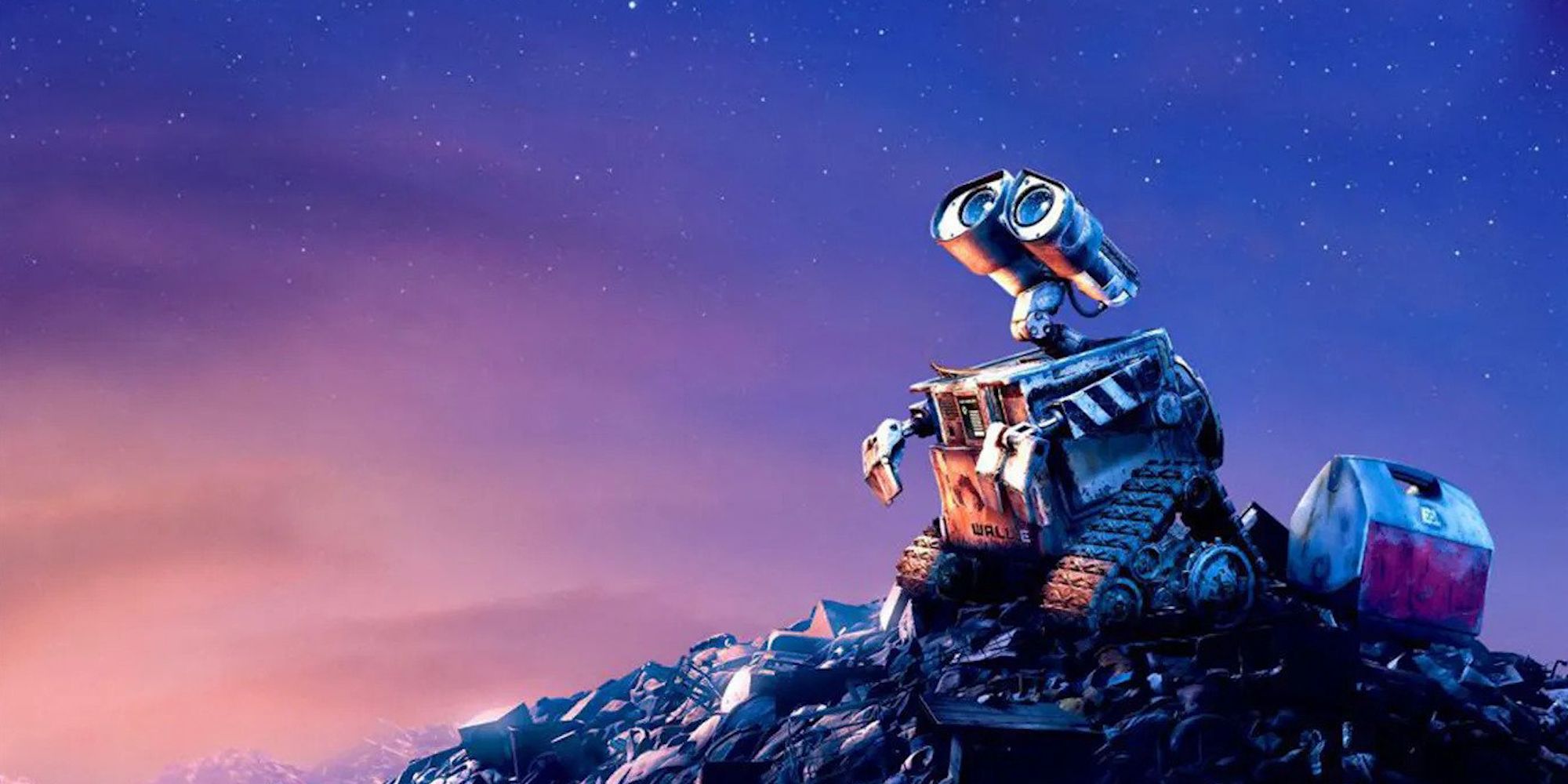As fans eagerly wait to see how Furiosa (set to premiere on May 24, 2024) expands the post-apocalyptic world seen in Mad Max: Fury Road, some viewers may be looking for similar entertaining and often thought-provoking films that depict the aftermath of environmental disasters. Thankfully, the Letterboxd “Showdown” topic, “Fantastic Planet,” makes it easy to see the must-watch climate-crisis films.
Users on the social media platform for film buffs have shared their favorites, which include cult classics like Waterworld and beloved animated movies like Wall-E. These should be considered essential viewing for those who want to see what can go wrong when nature fights back.
‘Waterworld’ (1995)
Director Kevin Reynolds’ Waterworld is a fun 90s blockbuster that had a huge budget and a unique premise. Set in 2500, it follows the Mariner, who lives on a version of earth that’s seemingly all water thanks to the melting of polar ice caps. He embarks on a quest to look for the mythical Dryland alongside a mother and daughter he rescues from the violent Smokers.
The film was a disappointment when it was first released, thanks to cheesy visuals, questionable acting, and a wild plot. It has since become a cult classic that’s re-watched exactly because of those criticisms. Its doomsday scenario is fascinating to see, not to mention the obvious efforts they put into making it a reality.
‘The Day After Tomorrow’ (2004)
Based on Art Bell and Whitley Strieber’s 1999 book, The Coming Global Superstorm, and directed by Roland Emmerich, The Day After Tomorrow is a commercially successful sci-fi disaster movie that depicts the coming of a new ice age. It’s centered on a paleoclimatologist, Jack Hall, who tries to warn everyone about the imminent threat, while also ensuring his son is safe in New York.
While not entirely scientifically accurate, the film is at least entertaining and manages to display the destructive nature of the big freeze. It manages to hit the mark with its emotional father-and-son story, while also emphasizing the devastating global effect of its chilling catastrophe.
‘Children Of Men’ (2006)
Director Alfonso Cuarón’s Children of Men is an award-winning yet underrated sci-fi drama based on P. D. James' 1992 novel. Set in 2027, the movie depicts a world that has suffered from two decades of infertility, with the last functioning government in the United Kingdom struggling to control the chaos as people seek sanctuary. Theo Faron is in the middle of it all, and he finds himself tasked with helping a refugee named Kee.
The must-see film is a brilliant exploration of a genuinely original disaster scenario, where the environment has found an unexpected way to expel humans. Without new life, the world is plunged into disorder, but Theo’s story also highlights the great power of hope.
‘Nausicaä Of The Valley Of The Wind’ (1984)
One of director Hayao Miyazaki’s pre-Studio Ghibli films, Nausicaä of the Valley of the Wind tells the story of the titular protagonist who is a princess, warrior, and pacifist. Set a thousand years after the Seven Days of Fire – the apocalyptic war that created the Toxic Jungle – the movie follows the princess’ struggles as she’s forced to face Tolmekia, a kingdom determined to eradicate the forest and all of its mutated creatures.
As an environmental movie, it stands out for its otherworldly portrayal of the aftermath of what could have been a nuclear war. More importantly, Nausicaä’s actions underscore the importance of recognizing and preserving beauty, even in the most unlikely place.
‘Princess Mononoke’ (1997)
Princess Mononoke is often cited alongside some of the best Studio Ghibli movies. Director Miyazaki weaves a riveting tale of unavoidable war between humans and gods of a forest, as civilization slowly creeps towards it and threatens those that reside there.
Its immersive and stunning animation style and visuals have held up incredibly well, making the film worth watching today. It’s a movie that doesn’t pull any punches when it comes to its strong philosophical message about humanity, the environment, and the cost of greed and ignorance.
‘First Reformed’ (2017)
Director Paul Schrader’s remarkable drama film, First Reformed, is centered on Reverend Ernst Toller’s experiences as an increasingly disillusioned pastor in a soon-to-be 250-year-old Dutch Reform church. When he encounters a troubled parishioner and her husband, an environmentalist, the protagonist further questions what he knows about the world.
The movie is full of jarring moments that only escalate until its gripping ending. While not exclusively about the environment, climate crisis does play an important role in the characters’ motivations, decisions, and transformations throughout the film. Its absorbing narrative takes some unexpectedly dark turns that are not for the faint of heart.
‘Interstellar’ (2014)
Interstellar is a film that needs no introduction. Set in 2067, director Christopher Nolan’s renowned sci-fi masterpiece depicts the end stage of a devastating blight that ensures the extinction of human life in the coming years. The ex-NASA pilot Cooper gets a chance to leave the farming job he hates to lead an interstellar mission that serves as humanity’s last hope.
Its gorgeous visuals, scientifically accurate depictions of space, and compelling story make the legendary movie a fan favorite in the genre. Of course, its take on the environmental crisis is one inextricably linked with the belief that humanity’s ingenuity and perseverance will make the species’ survival possible.
‘Mad Max: Fury Road’ (2015)
There’s no denying that Mad Max: Fury Road renewed interest in the franchise, with director George Miller’s post-apocalyptic film thrusting fans into Max Rockatansky’s hostile reality. Set in a desert wasteland where resources like food, water, and gasoline are scarce, Max’s journey alongside Furiosa takes them on a dangerous road as they escape the tyrannical cult leader, Immortan Joe.
The environmental aspect is an often overlooked part of the film, which depicts the horrific result of war and societal collapse. The harsh landscape has forced people to adapt, and it soon becomes clear that selfishness and power persist despite years of cataclysmic warfare.
‘Snowpiercer’ (2013)
Based on the 1982 graphic novel Le Transperceneige by Jacques Lob, Snowpiercer revolves around the events in the titular train, which was built to withstand the apocalyptic freezing conditions around the globe. Directed by Bong Joon-ho, it depicts the revolt of the lower-class tail-section passengers led by Curtis Everett.
The climate disaster film affirms something fans have learned about the genre: any type of ‘ark’ that supposedly saves the species from extinction will have the same problems the world hard, but on a smaller scale. Curtis’ attempts at changing the system provide thought-provoking insights about this trope by presenting class structure and inequality through train cars and a revolution.
‘Wall-E’ (2008)
Pixar’s Wall-E may be a beautiful animated film with a charming protagonist, but it also tackles serious issues in an intriguing manner. Directed by Andrew Stanton, it follows the titular robotic protagonist – the last of its kind on a trash-filled earth – as it meets and falls in love with an unexpected visitor, Eve. They go on an adventure in space to complete a task that determines the future of the surviving humans.
The movie’s imagery, tropes, and message are just as relevant as ever. From the technology-reliant unhealthy people in the future to the abandoned planet full of trash and signs of rampant consumerism, the film is an extraordinary reminder of the importance of appreciating and caring for the planet.

